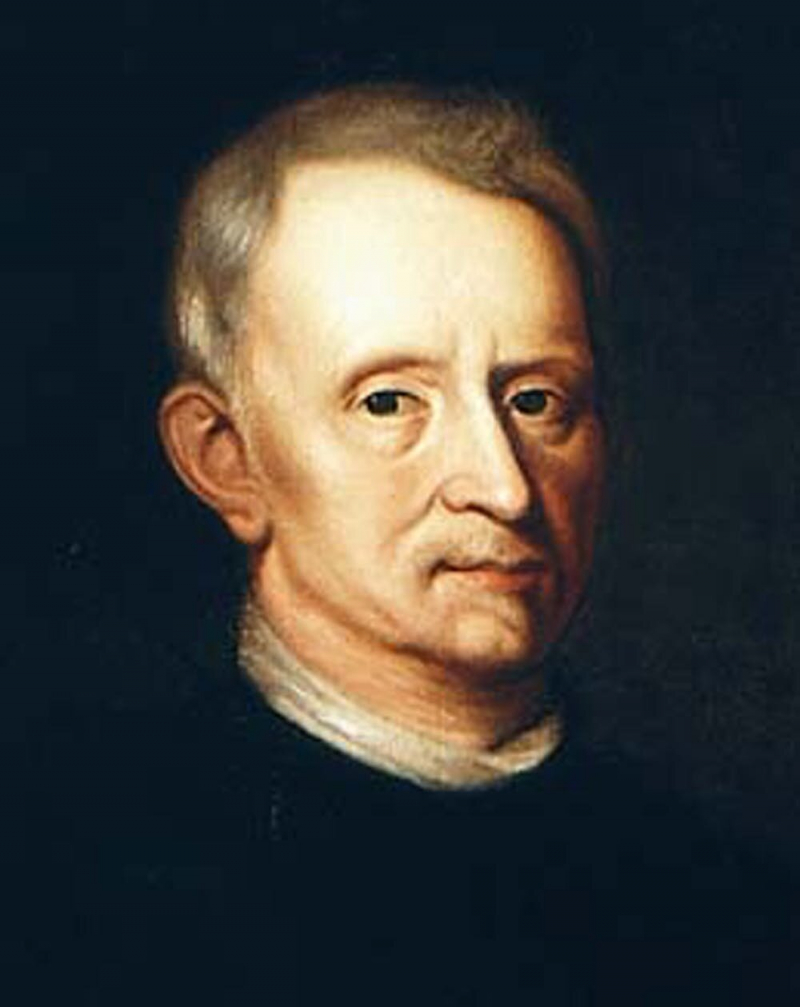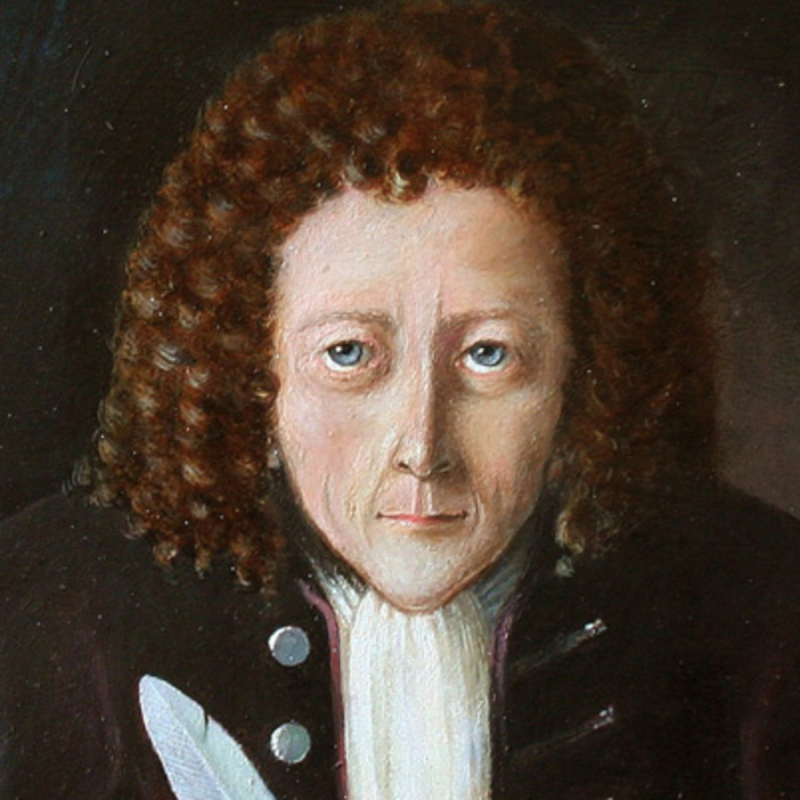He had an interest in the arts before becoming a scientist
One of the interesting facts about Robert Hooke is he had an interest in the arts before becoming a scientist. Since Robert's father started becoming sick about the time he turned 10, he has been allowed to pursue his extremely practical interests in education on his own. Robert showed abilities not just in physics but also in painting. Robert used to observe John Hoskyns, a portrait painter who was employed by Freshwater at the time, while he worked. Soon, he was mimicking Hoskyns' pen and chalk technique and duplicating the artist's portraits. After his father passed away in 1648, Robert's family recognized his potential and decided that the best way for him to support himself would be via art. His family sent him to London to work as an apprentice for portrait painter Peter Lely after his father left him £40 and all of his father's books.
Before Hooke was assigned to him, Lely had already established himself in London after completing his studies at Haarlem in the Netherlands. Lely immediately became well-known for his portraits of James, Duke of York, and Charles I. He developed into England's most technically accomplished painter under the influence of Van Dyck, and Hooke might have learned a lot from such a renowned master. Hooke quickly realized, though, that learning under Lely would be a waste of money and that what he needed was formal education. Hooke enrolled in Westminster School and boarded with Richard Busby, the school's headmaster. Hooke was lucky to be influenced by Busby, an excellent instructor who immediately realized he had a very exceptional student. By the end of his first week at school, Hooke had mastered the first six books of Euclid's Elements, but Busby appeared to recognize that conventional education was not going to be ideal for Hooke and encouraged him to study independently in his library.
Hooke studied Latin and Greek at Westminster, but unlike his contemporaries, he never wrote in the language, despite enjoying speaking it. He quickly applied his newly acquired geometrical knowledge to his genuine passion for mechanics and started to come up with ideas for potential flying aircraft. He had other hobbies as well, including music. He attended an organ course at the start of his Oxford studies and was accepted into the Christ Church chorus. When he felt he had learned everything Westminster School had to offer in 1653, he enrolled in Christ College in Oxford and was given a place as a chorister.












